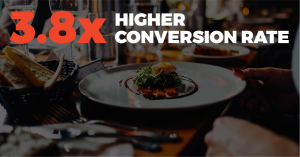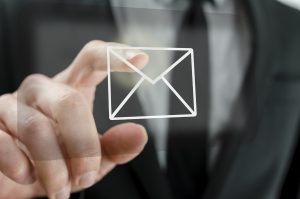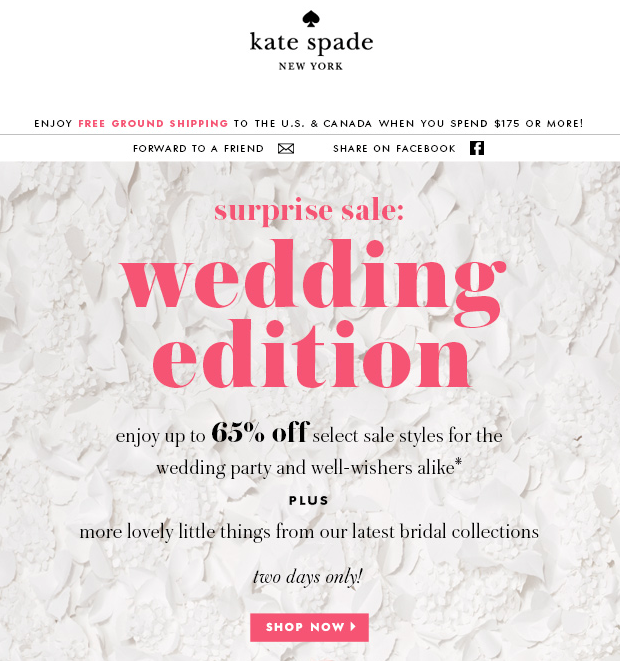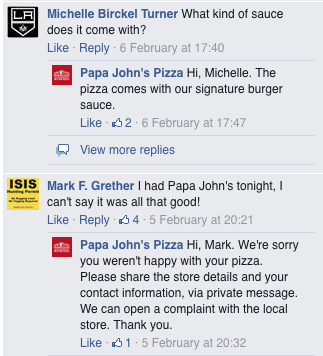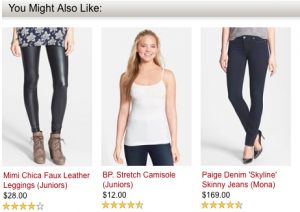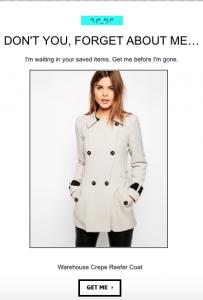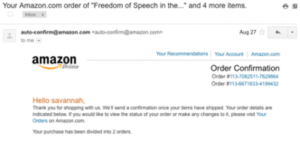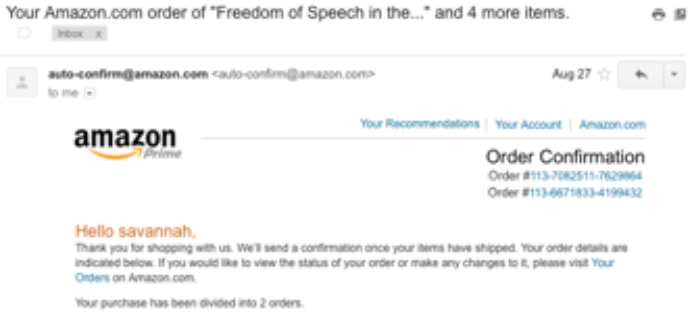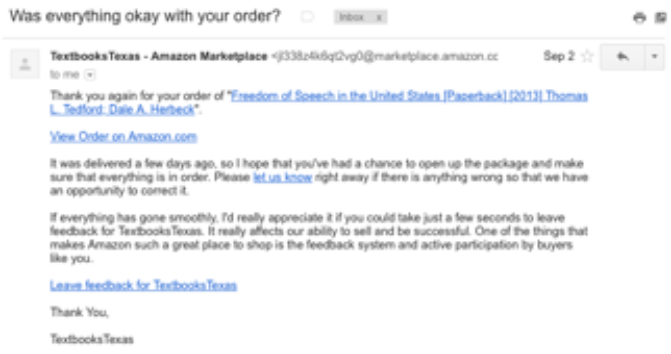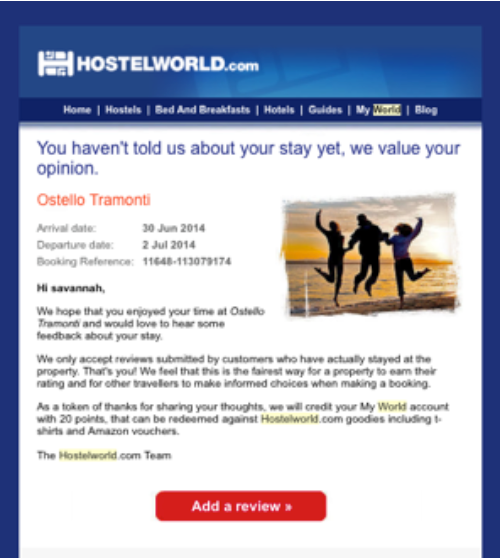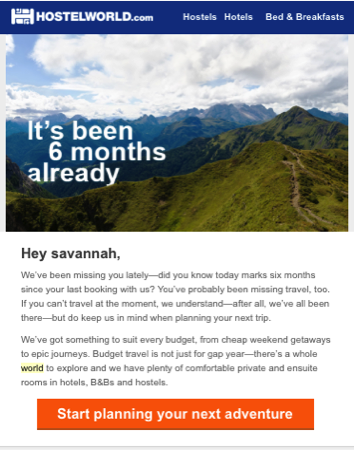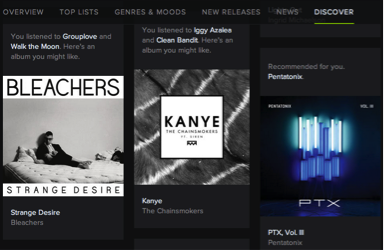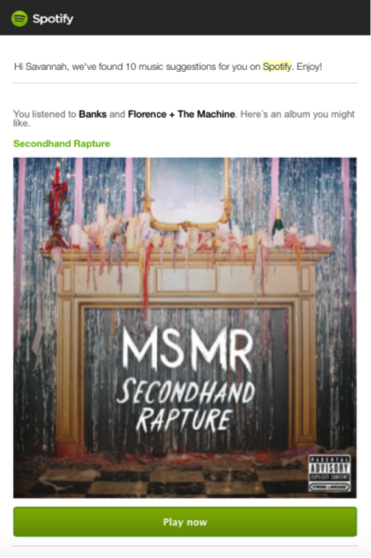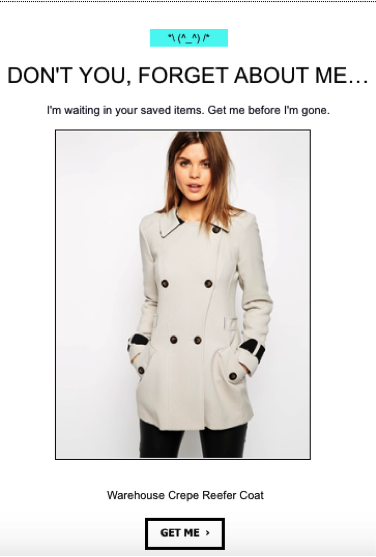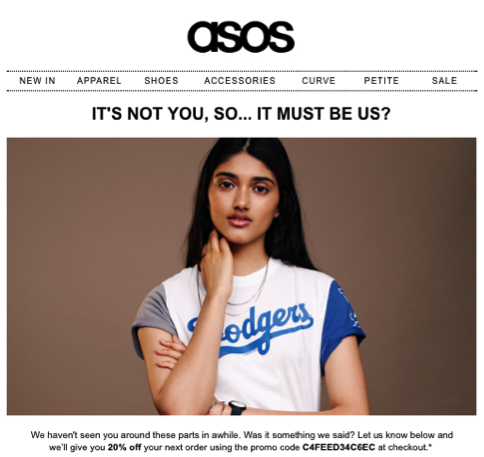When it comes to a brand’s relationship with its audience, it’s all about customer personalization. Customer personalization allows companies to better relate to their customer’s needs and give them a deeper connection to a company. Customer personalization bridges the gap between online experiences and in-person interactions with customers.
Consumers are looking for more ways to connect with a brand, and companies are looking for more ways to increase revenue and track marketing efforts. This makes 2017 the year to focus on personalization. Here are a few customer personalization trends guiding the online experience in 2017:
Enhancing Online Brand Experience
Online shopping is by no means a new concept, but brands are currently working to better connect with consumers online. Common ways to personalize, and therefore enhance, the online brand experience include dynamic content and personalized recommendations. By tracking what consumers look for on a site, companies can personalize the way their site interacts with each customer. This gives everyone a unique experience and encourages them to come back.
One prime example of a personalized online consumer experience is Amazon. Each time a shopper looks at one product, they are then showed similar products, things people have bought, and more. This is all done with the intent of guiding a customer to make a more informed decision.
Optimized Messaging with Customer Data
The average person spends just a few seconds on a page before they decide whether or not to stay. This short attention span makes the content you show them that much more crucial. It’s in those few milliseconds that personalization can make a huge impact.
To do this, companies need to gather the right information about each person who visits their site, so they can better target their efforts to catch that person’s eye. There are multiple methods companies can use to gather data to help with customer personalization. This includes proprietary scoring, targeting algorithms, and more. These processes can help track a person’s every interaction with your brand other similar online brands to provide a personalized experience. Even if someone is a new user to a site, companies with the proper algorithms in place can look at their personal history to improve the content it shows.
Companies such as NectarOM simplify the data collection process to help companies better target messaging and in turn see higher customer engagement that increases overall sales.
Geo-Targeting Marketing
We as a culture are constantly sharing information online, and brands need to take advantage of it. More and more people are becoming comfortable sharing their location online. This allows companies to target content based on a person’s location. Geo-targeted marketing – also referred to as proximity marketing – allows companies to combine online and offline for an improved, cohesive customer experience.
Proximity marketing allows a company to feed the customer their message at a time when they are most likely to take action, based on their location. Proximity marketing uses technology such as chips in products, enabled location services on a smartphone, and in-store WiFi to better reach its customers.
Personalization is imperative for any company that wants to reach its customers online. People aren’t looking for a company that just shows them what they have to offer. Instead, people want to buy from brands that pay attention to them and provide them with custom-tailored content. When it comes to personalization across all channels, companies like NectarOM make simpler to reach customers and increase revenue.


